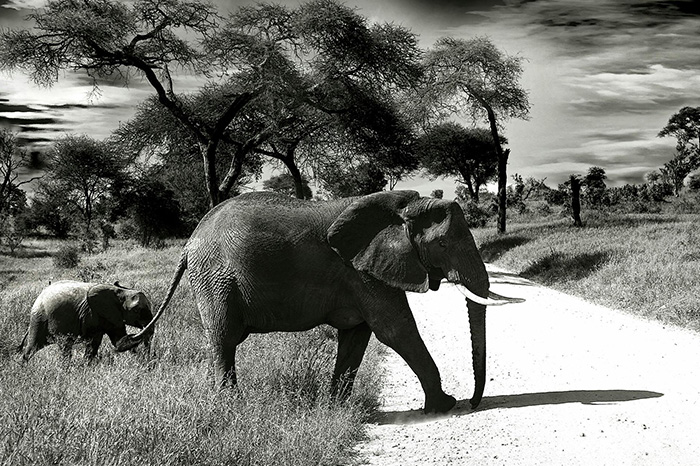How Southern Africa’s Elephant Population Bounced Back
Takeaways:
A 2024 study analyzing 103 elephant populations from Tanzania southward—the most comprehensive of its kind—reveals that conservation efforts have successfully halted the decline of savannah elephants in southern Africa over the past 25 years. By 2020, their population had rebounded to 290,000, matching the numbers recorded in 1995.
In 2019, International Fund for Animal Welfare (IFAW) launched the Room to Roam initiative, aiming to secure and connect 12 critical landscapes, each home to at least 10,000 elephants.
Researchers found that the “core-buffer model” – creating large, well-connected areas/habitats, rather than confined protective parks, helps sustain elephant populations. Though they are less protected, these open reserves & wildlife corridors allow elephants to migrate when core areas are overcrowded or threatened by poaching or environmental changes.
Previously, elephants had been confined to “fortress parks” designed to protect them from poachers and other threats. But though these parks may be large, they rarely offer the natural flexibility and variance that elephants require to thrive. Instead, researchers have begun connecting parks and creating corridors that allow elephants to follow natural migration patterns.
Anti-poaching efforts have also stepped up dramatically– a 2019 agreement by multiple philanthropies and government agencies saw rangers equipped with a base, enforcement vehicles, a canine unit and drone support. There hasn’t been a single incident of illegal poaching targeting elephants in Hwange National Park since the agreement.
The “buffer” aspect of the “core-buffer” model is the institution of regulated buffer zones between the outer boundaries of wildlife reserves and human population areas. Elephants will often travel into these areas as part of their natural movements, and human interaction is heavily regulated.
The improvement seen in recent years is the result of 20 years of research on population dynamics of elephant clusters, growth rates, genetic makeup and population distribution. IFAW is coordinating with governments, communities and other key landscape actors to restore and set aside these areas for elephant conservation– and will continue to assess ongoing threats against elephant populations.
It takes individuals to do the collective work of reversing 100 years of negative population growth. The scale of human effort and investment that has gone into researching, planning, executing, and sustaining this progress is an inspiring example of our power to affect change.
You can learn more about IFAW’s work in Africa at their website.
By Veronika Perková for Reasons to be Cheerful
Read the whole story.

